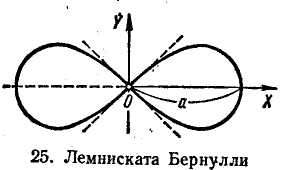
- •Міністерство освіти і науки україни донецький національний технічний університет
- •Integral calculus (інтеґральне числення)
- •Донецьк 2005
- •Integral calculus lecture no. 19. Primitive and indefinite integral
- •Point 1. Primitive
- •Properties of primitives
- •Point 2. Indefinite integral and its properties
- •Point 3. Integration by substitution (change of variable)
- •Point 4. Integration by parts
- •Lecture no.20. Classes of integrable functions
- •Point 1. Rational functions (rational fractions)
- •Point 2. Trigonometric functions
- •Universal trigonometrical substitution
- •Other substitutions
- •Point 3. Irrational functions
- •Quadratic irrationalities. Trigonometric substitutions
- •Quadratic irrationalities (general case)
- •Indefinite integral: Basic Terminology
- •Lecture no. 21. Definite integral
- •Point 1. Problems leading to the concept ofa definite integral
- •Point 2. Definite integral
- •Point 3. Properties of a definite integral
- •I ntegration of inequalities
- •Point 4. Definite integral as a function of its upper variable limit
- •Point 5. Newton-leibniz formula
- •Point 6. Main methods of evaluation a definite integral Change of a variable (substitution method)
- •Integration by parts
- •Lecture no.22. Applications of definite integral
- •Point 1. Problem – solving schemes. Areas
- •Additional remarks about the areas of plane figures
- •Point 3. Volumes
- •Volume of a body with known areas of its parallel cross-sections
- •Volume of a body of rotation
- •Point 4. Economic applications
- •Lecture no. 23. Definite integral: additional questions
- •Point 1. Approximate integration
- •Rectangular Formulas
- •Trapezium Formula
- •Simpson’s formula (parabolic formula)
- •Point 2. Improper integrals
- •Improper integrals of the first kind
- •Improper integrals of the second kind
- •Convergence tests
- •Point 3. Euler г- function
- •Definite integral: Basic Terminology
- •Lecture no. 24. Double integral
- •Point 1. Double integral
- •Point 2. Evaluation of a double integral in cartesian coordinates
- •Point 3. Improper double integrals. Poisson formula
- •Point 4. Double integral in polar coordinates
- •Double integral: Basic Terminology
- •Contents
- •Integral calculus 3
- •Integral calculus (Інтеґральне числення): Методичний посібник по вивченню розділу курсу ”Математичний аналіз” для студентів ДонНту (англійською мовою)
Lecture no.22. Applications of definite integral
POINT 1. PROBLEM – SOLVING SCHEMES. AREAS.
POINT 2. ARС LENGTH
POINT 3. VOLUMES
POINT 4. ECONOMIC APPLICATIONS
Point 1. Problem – solving schemes. Areas
There are two schemes for finding some quantity Q.
1) Setting integral sum, expression Q as the limit of this integral sum, that is in the form of a definite integral.
Ex. 1. See three problems in P. 1 of the 19-th lecture and corresponding formu-las (10), (11), (12) in P. 2 of the same lecture.
2) Finding an element (in fact the differential) dQ of Q and then expression Q as a sum of all these elements. This procedure leads by the other way to a definite integral to evaluate Q.
To illustrate this second scheme we’ll consider the same three problems as in the lecture No. 19.
Ex. 2. The area of a curvilinear trapezium
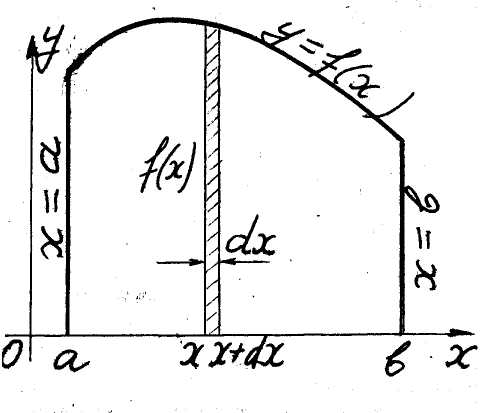 (fig. 1).
(fig. 1).
Element (differential) dS
of the area S
(the area of a hatched strip with the base
![]() on fig.1) equals
on fig.1) equals
![]() .
Adding all these elements from a
to b we
get the re-
Fig. 1 required area
as known definite integral
.
Adding all these elements from a
to b we
get the re-
Fig. 1 required area
as known definite integral
![]() (
1 )
(
1 )
Ex. 3. Produced quantity U
of a factory during a time interval 0,
T.
Let
be a labour productivity of the factory. An element
![]() of
the produced quantity du-
of
the produced quantity du-
ring
an infinitely small time interval
![]() equals
equals
![]() .
.
Adding all these elements from 0 to T we get the sought produced quantity U, namely
![]() (
2 )
(
2 )
Ex. 4. The length path L traveled by a material point during a time interval from t = 0 to t = T with the velocity .
An element dL of the length path traveled during an infinitely small time interval is equal to
![]() ,
,
and the sum of all these elements from 0 to T gives the length path L to be found
![]() .
( 3 )
.
( 3 )
Certainly, results (1), (2), (3) coincide with those (10), (11), (12) of the preceding lecture.
Additional remarks about the areas of plane figures
a) The case of nonpositive function. The area of a figure
![]() ,
,
represented of the fig. 2, equals
|
|
|
![]() .
( 4 )
.
( 4 )
b) The case when a function has different
signs on various intervals. Let a
function
is nonnegative on the interval
and nonpositive on the interval
![]() .
The area of a corresponding figure, represented on the fig. 3, equals
.
The area of a corresponding figure, represented on the fig. 3, equals
![]() .
( 5 )
.
( 5 )
c) The case when a figure lies between two curves. The area of a figure
![]() ,
,
represented on the fig. 4, equals
![]() .
( 6 )
.
( 6 )
Ex. 5. Find the area enclosed by two curves
![]() (fig. 5).
(fig. 5).
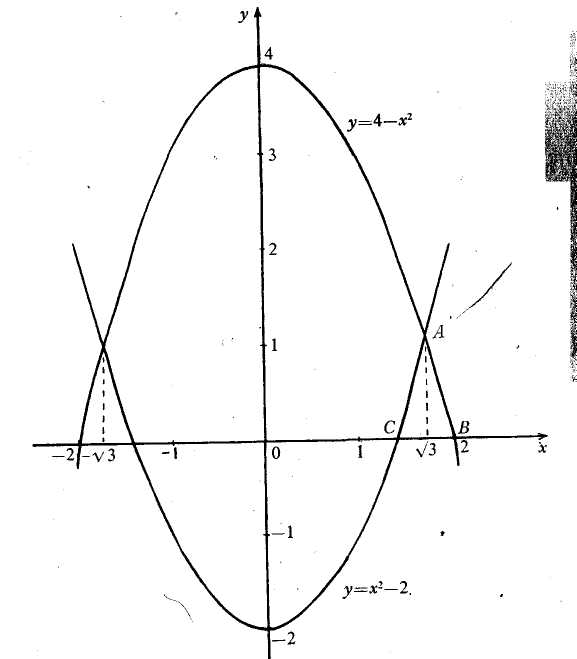 Intersection
points of the curves have abscises
Intersection
points of the curves have abscises
![]() .
The figure is symmetric about the Oy-axis;
we may find double area of its right part.
.
The figure is symmetric about the Oy-axis;
we may find double area of its right part.
![]()
Fig. 5
![]() .
.
d) Figures oriented with respect to the Oy-axis. Areas of figures
![]() (see fig. 6),
(see fig. 6),
![]() (see fig. 7),
(see fig. 7),
![]() (see fig. 8),
(see fig. 8),
![]() (see fig. 9),
(see fig. 9),
are equal respectively
![]() ,
( 7 )
,
( 7 )
![]() ,
( 8 )
,
( 8 )
![]() ,
( 9 )
,
( 9 )
![]() .
( 10 )
.
( 10 )
|
|
|
|
 Ex.
6. Find the area of a figure bounded by curves
Ex.
6. Find the area of a figure bounded by curves
![]() (fig. 10).
(fig. 10).
It’s well to write the equations of the curves in the next form
![]()
and to utilize the formula (10). Fig. 10 By virtue of symmetry of the figure with respect to the Ox-axis
![]() .
.
e) The case of parametrically represented curve.
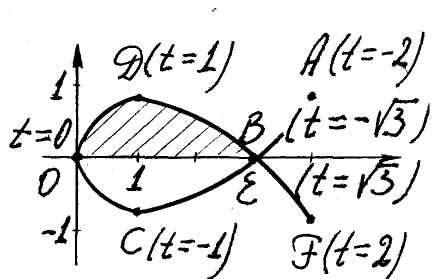 Let,
for example, be given a curvilinear trapezium
Let,
for example, be given a curvilinear trapezium
(fig. 1),
but
a curve
![]() is determined by parametric equations
is determined by parametric equations
![]() (
(![]() for
for
![]() and
for
).
Fig. 11 To find the area of
such the trapezium we change a variable in the integral (1), namely
and
for
).
Fig. 11 To find the area of
such the trapezium we change a variable in the integral (1), namely
 .
.
Ex. 7. Find the area of the loop of a curve
![]() (fig. 11).
(fig. 11).
To construct the curve point by point and to see
the loop we equate to zero the expressions
![]() ,
,
![]() and then form the next table
and then form the next table
t |
-2 |
- |
-1 |
0 |
1 |
|
2 |
x |
4 |
3 |
1 |
0 |
1 |
3 |
4 |
y |
|
0 |
- |
0 |
|
0 |
- |
Point |
A |
B |
C |
O |
D |
E |
F |
From
the fig. 11 we see that
![]() ,
and so
,
and so

f) The area in polar coordinates.
Let be given a curvilinear sector (or a
curvilinear triangle) that is a plane figure, bounded by two rays
![]() and a curve
and a curve
![]() given
in polar coordinates
given
in polar coordinates
![]() (fig. 12). Find the area of the sector.
(fig. 12). Find the area of the sector.
|
|
Fig. 14 |
An element
![]() of the area is the area of a hatched circular sector with the radius
of the area is the area of a hatched circular sector with the radius
![]() and a central angle
and a central angle
![]() ,
,
![]() .
.
Adding
all these elements from
![]() to
to
![]() we get the area in question
we get the area in question
![]() .
( 11 )
.
( 11 )
Ex. 8. Find the area of a figure bounded by a
cardioid
![]() (fig. 13).
(fig. 13).
Desired area equals the twofold area of upper part
of the figure, which is a circular sector with the rays
![]() .
.
![]()
![]() .
.
Ex. 9. Find the area of a figure bounded by Bernoulli lemniscate
![]() .
.
The figure is symmetric with respect to the Ox-,
Oy-axes
and lies in the angles determined by the straight lines
![]() (fig. 14). Passing to polar coordinates
(fig. 14). Passing to polar coordinates
![]() ,
we write the equation of the lemniscate in more suitable form
,
we write the equation of the lemniscate in more suitable form
![]()
Then
we calculate the quadruplicated area of the circular sector bounded
by the lemniscate and the rays
![]()
![]() .
We obtain
.
We obtain
 .
.
POINT 2. ARС LENGTH
Let ˘ be an arc of some curve, and it’s necessary to find its length.
T he
first method. We divide the arc ˜AB
into n
parts by points
he
first method. We divide the arc ˜AB
into n
parts by points
![]() and inscribe the poly-gonal line
and inscribe the poly-gonal line
![]() in ˘AB (fig.
15). Let
Fig. 15
in ˘AB (fig.
15). Let
Fig. 15
![]() ( 12 )
( 12 )
is
the perimeter of the polygonal line and
![]() .
If there exists the limit
.
If there exists the limit
![]() (
13 )
(
13 )
it is called the length of the arc ˘AB.
Let an arc ˘ of a curve is determined in Cartesian coordinates by an equation
( 14 )
on
a segment
![]() ,
and
,
and
![]() be the coordinates of the point
be the coordinates of the point
![]() ,
,
![]() .
In this case
.
In this case
![]() ,
,
and
by Lagrange theorem there is a point
![]() such that
such that
![]() .
.
Denoting
![]() we get
we get
![]() and therefore
and therefore
![]() .
.
Passage to the limit gives the desired arc length as a definite integral from a to b,
![]() .
( 15 )
.
( 15 )
The arc length L exists if a function is continuous with the first derivative on the segment .
The second method. We find at first an element (or
the differential)
![]() of
desired arc length and then the arc length as the sum of all the
elements.
of
desired arc length and then the arc length as the sum of all the
elements.
By Pythagorean theorem
![]() and
and
![]() .
( 16 )
.
( 16 )
For an arc ˘ determined by an equation (14)
![]() ,
,
and the sum of all the elements from a to b leads to the same formula (15).
If an arc ˘ of a curve is determined parametrically by equations
![]() ,
( 17 )
,
( 17 )
we have from (16)
![]() ,
,
and therefore
![]() .
( 18 )
.
( 18 )
If an arc ˘ of a curve is given in polar coordinates by an equation
![]() ( 19 )
( 19 )
we pass to parametrical equations of the arc
![]() ( 20 )
( 20 )
and apply the formula (18). Since
![]()
![]()
the formula (18) gives
![]() .
( 21 )
.
( 21 )
Ex. 10. Find the arc length of a curve
![]() for
for
![]() .
.
By virtue of the formula (15) we have
![]()
![]()
Ex. 11. Find the length of the loop of the curve
![]() (fig. 11).
(fig. 11).
By the formula (18)

![]() .
.
Ex. 12. Find the length of the cardioid (fig. 13).
With the help of the formula (21)
![]()
![]()
Ex. 13. Find the length of an ellipse
![]() .
.
Parametrical equations of the ellipse
![]() and
by the formula (18)
and
by the formula (18)
![]() .
.
We can find only approximate value of L for given values of a and b because of a pri-mitive of the integrand is inexpressible in terms of elementary functions.
Ex. 14. Prove that the length of Bernoulli lemniscate (fig. 14) can be represented by the next integral
![]() .
.

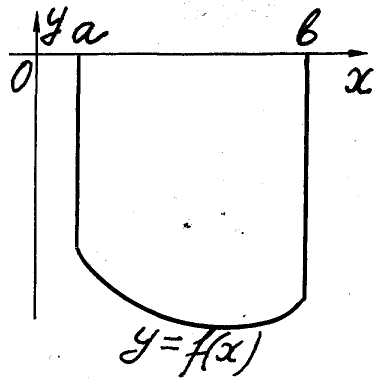 Fig.
2
Fig.
2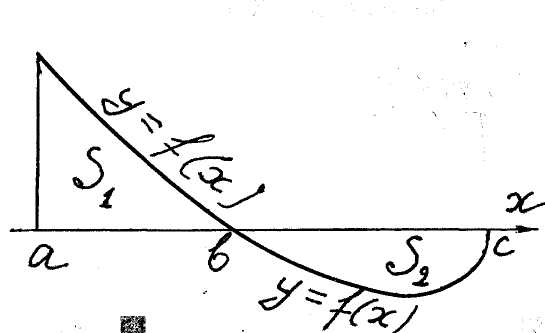 Fig.
3
Fig.
3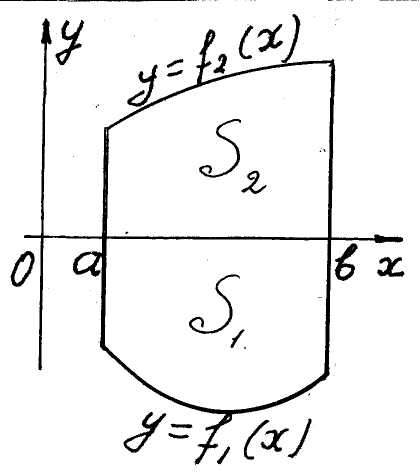 Fig.
4
Fig.
4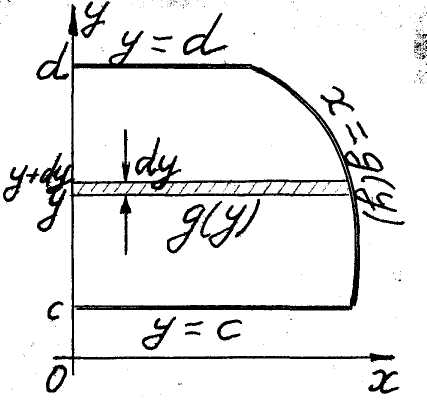 Fig. 6
Fig. 6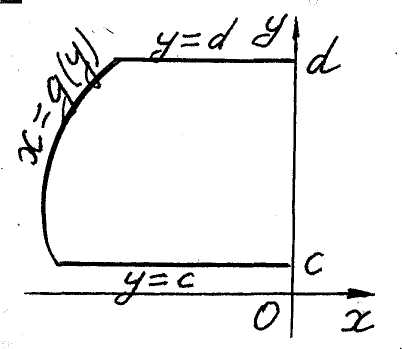 Fig. 7
Fig. 7
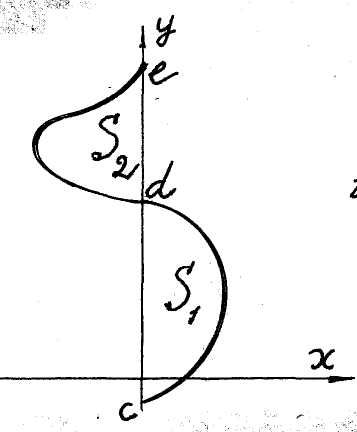 Fig. 8
Fig. 8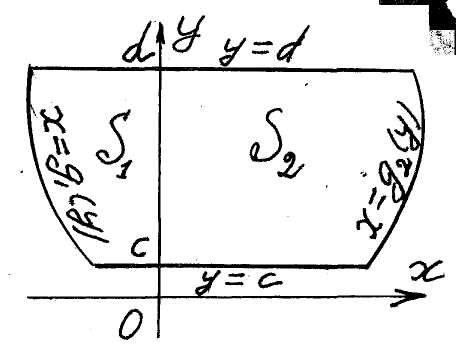 Fig. 9
Fig. 9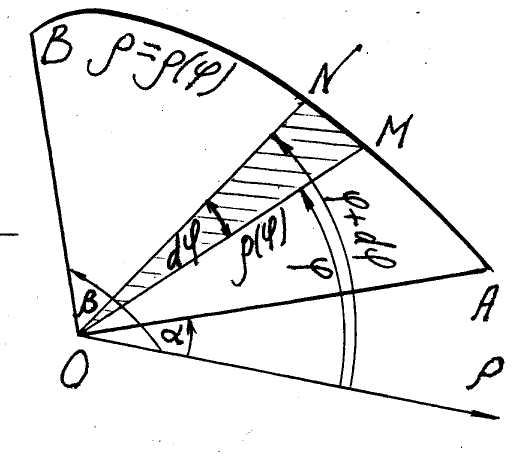 Fig. 12
Fig. 12
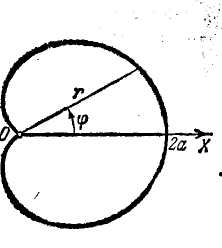 Fig. 13
Fig. 13